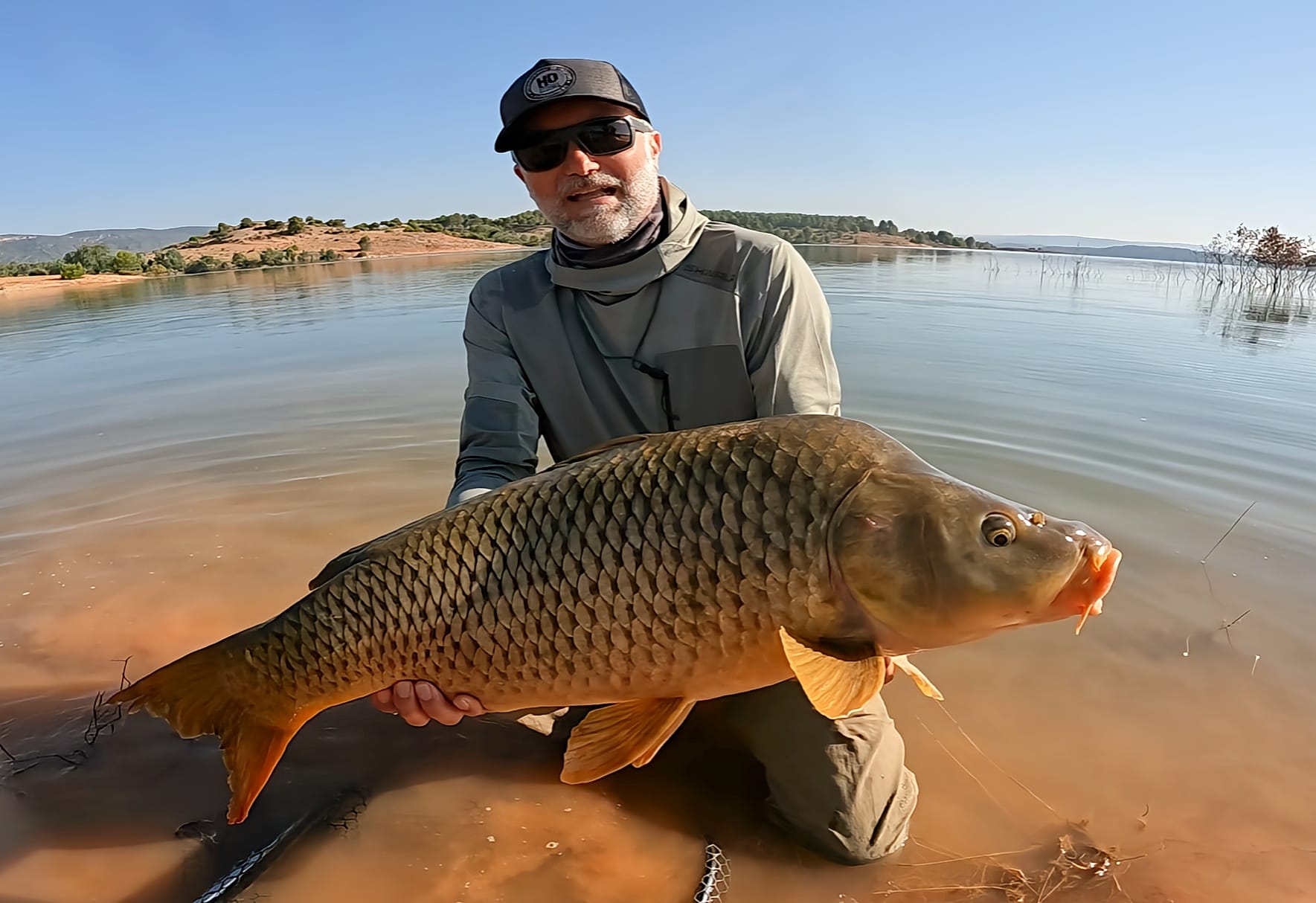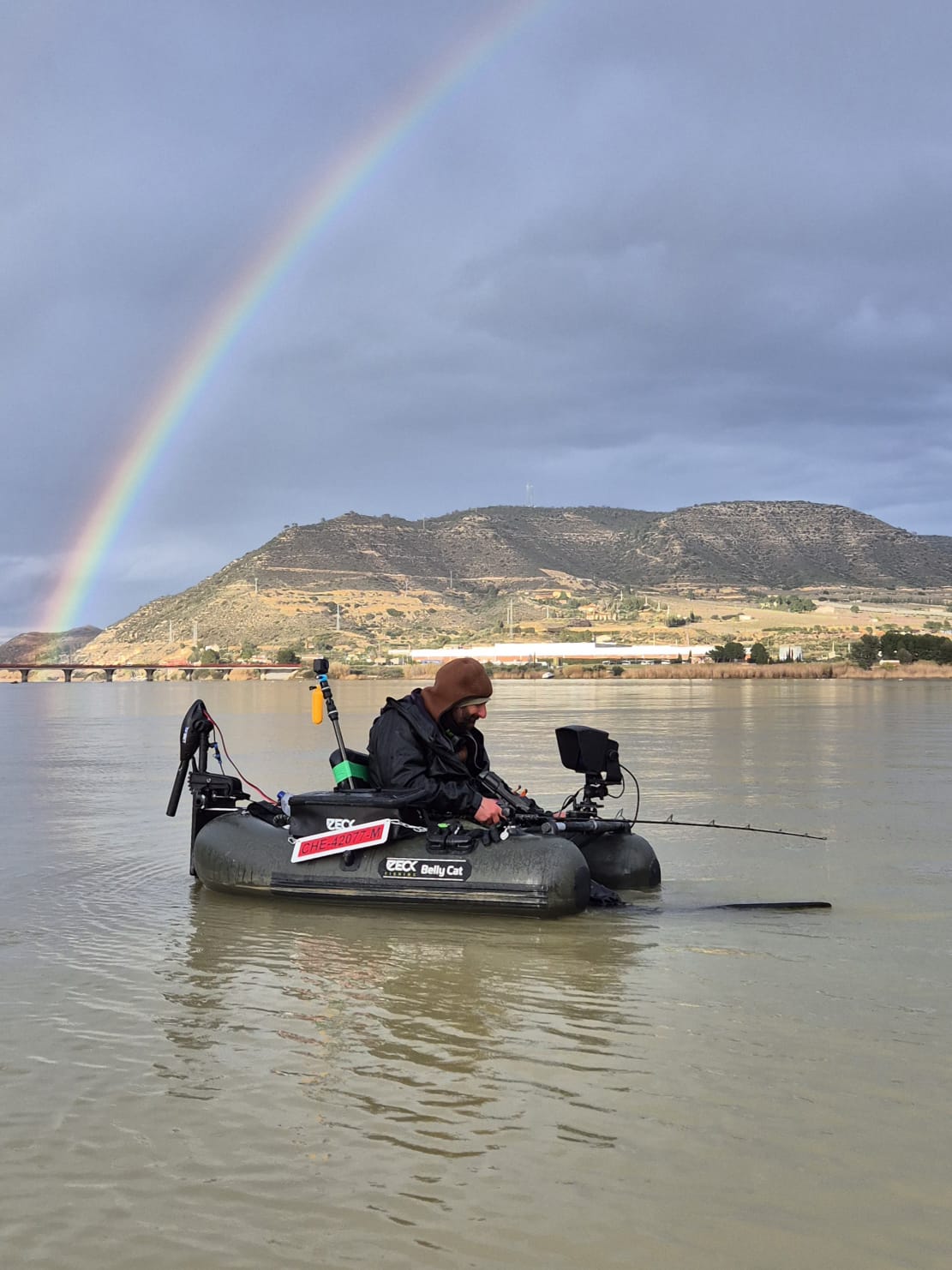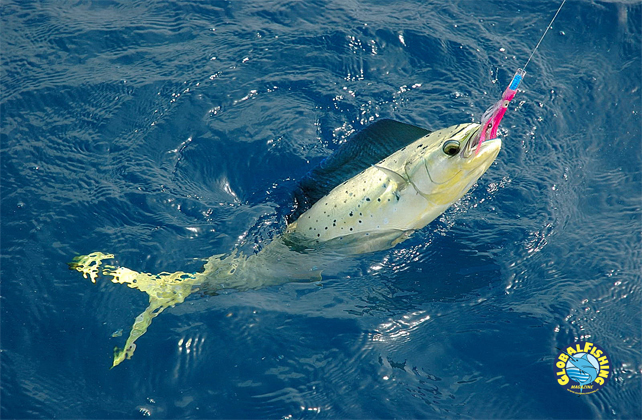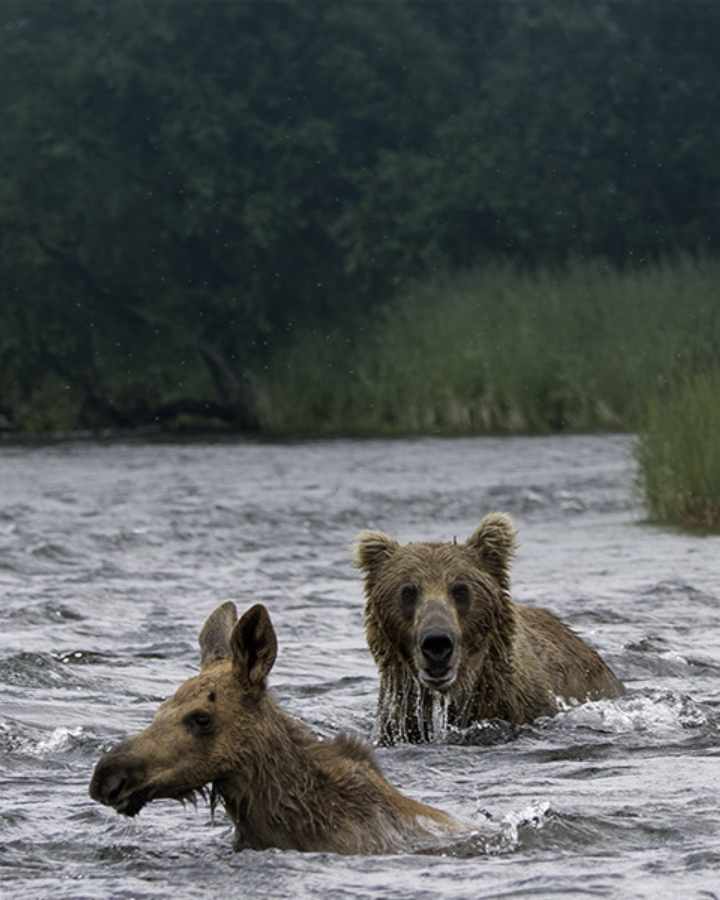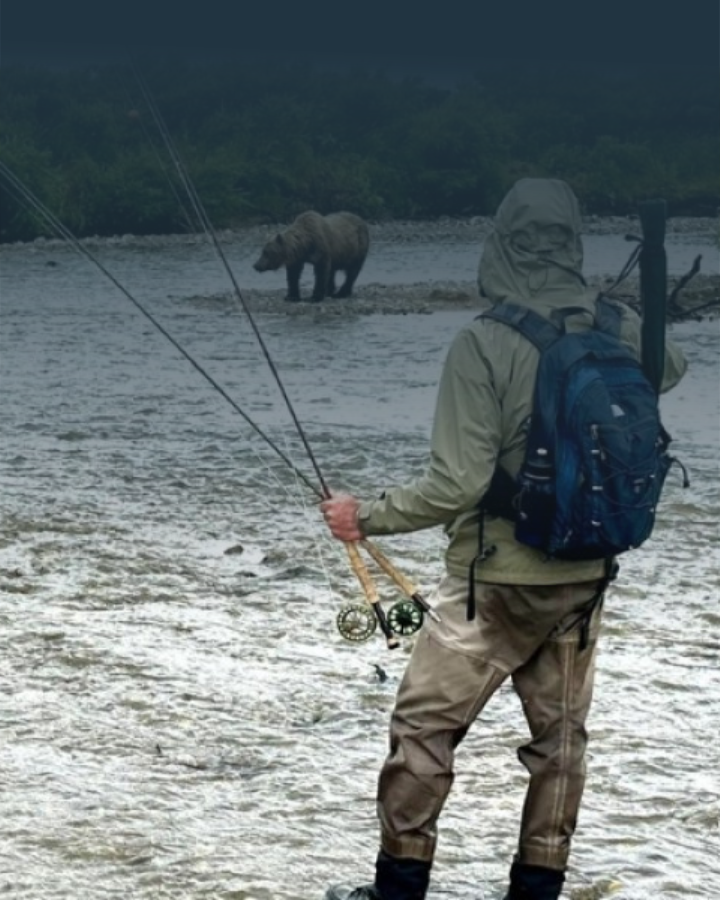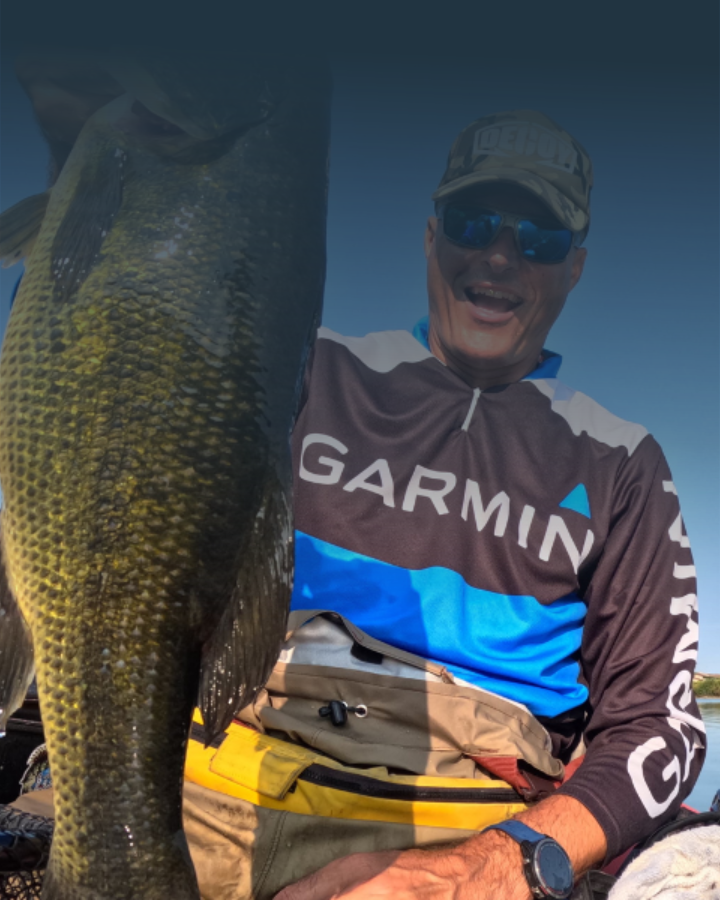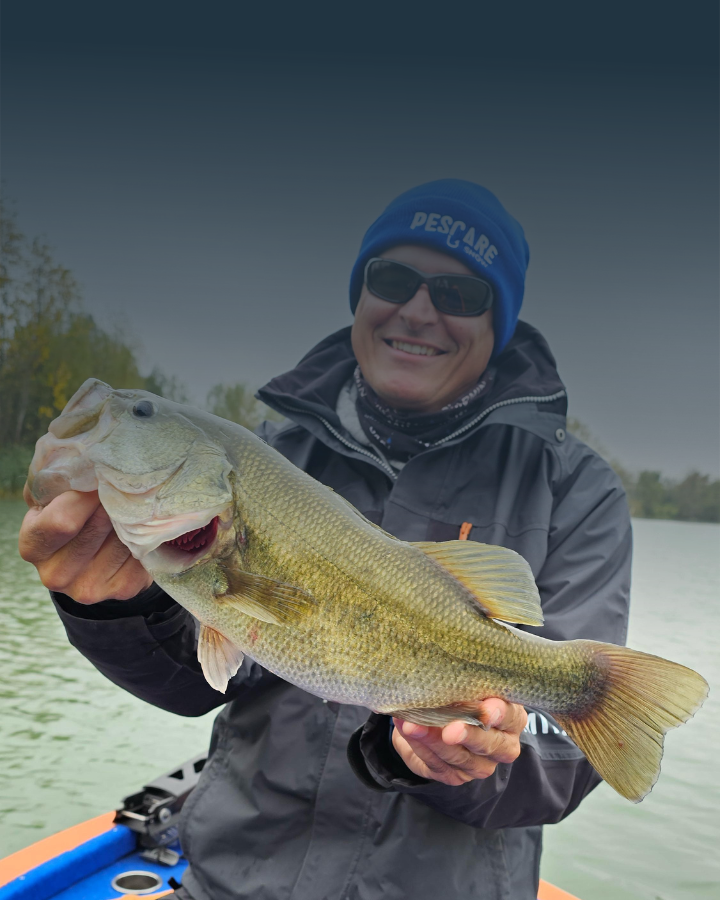In recent years, the barracuda has become one of the most common predators in the waters of the Mediterranean, sharing this status almost equally with the bluefish.
This phenomenon is, in my opinion, closely linked to global warming, which has led to an increase in sea temperatures, favoring the spread of thermophilic species such as the barracuda.
In addition to climate change, other factors have contributed to its growing presence, including the adaptability of the species and changes in marine ecosystems. In this article, we will explore the causes of this proliferation and provide a detailed guide on barracuda spinning fishing, focusing on equipment, marine conditions, schedules, spots, and retrieval techniques.
The Mediterranean is considered a “hotspot” for climate change, with warming up to three times higher than global oceans. This temperature increase has disrupted marine biodiversity, favoring the spread of some species at the expense of others.
For example, sea bass (Dicentrarchus labrax) has become increasingly rare, while there is a strong presence of barracuda (Sphyraena viridensis) and bluefish (Pomatomus saltatrix). Moreover, new species such as the blue runner (Caranx crysos) are increasingly spreading.
Recent studies have shown that rising sea temperatures are pushing these species northward, expanding their range into previously colder areas.
This phenomenon, known as “meridionalization,” is transforming the marine ecosystem of the Mediterranean and the Adriatic.
In addition to global warming, other factors have contributed to the spread of barracuda in the Mediterranean, as I mentioned before, the adaptability of the species. The barracuda is a highly adaptable predator capable of colonizing various marine habitats, from reefs to port areas.
Human impact, such as overfishing and pollution, has also altered ecological balances, creating niches that the barracuda has been able to exploit.
The construction of canals such as the Suez Canal has facilitated the entry of alien species into the Mediterranean, contributing to the diversification of marine fauna.

After this introduction, let’s also take a closer look at the equipment for spinning fishing barracuda.
To be effective, specific gear is required to handle the power and aggressiveness of this predator. However, a typical medium-sea spinning rod and reel combo can be an excellent starting point and may also be a valid choice that will serve you for a long time.
The ideal rods for this type of fishing have the following characteristics:
-
Length between 7' and 9' (2.10 – 2.70 meters) to ensure good casting and lure control.
-
Action fast or extra-fast for a quick response during retrieval and hook setting.
-
Power capable of handling lures weighing between 20 and 60 grams.
A quality reel is essential to handle the runs of the barracuda. Although it is not the fiercest fighter, large specimens require good gear. It is worth noting that a barracuda weighing about 12 kg was recently caught in Calabria.
-
Size 4000–5000 to offer good balance with the rod and adequate line capacity.
-
Gear ratio medium or slow to allow effective lure animation and slow retrieves, the best for enticing this sphyraenid.
-
Materials resistant to corrosion, preferably with components in aluminum, stainless steel, or new-generation alloys.
The choice of line is crucial to deal with the barracuda’s sharp teeth:
-
Braided line with a strength of 20–30 lbs (9–13 kg) offers sensitivity and strength.
-
Leader in fluorocarbon with a diameter between 0.40 and 0.50 mm to resist abrasion caused by the barracuda’s teeth and provide greater invisibility to our fishing system.
Lures and Retrieval Techniques
Lures must imitate the barracuda’s natural prey:
-
Long jerkbaits and minnows: slender, reproducing needlefish, sardines, and mullet, effective both on the surface and mid-water.
-
Needle skipping lures: designed to move quickly on the surface, simulating fleeing fish.
-
Colors: natural such as blue, green, and silver are often effective, but in low-light conditions, brighter colors (yellow, pink, red) on a white base can attract the predator’s attention.
Ideal Marine Conditions
Success in barracuda fishing is influenced by marine conditions. Calm, flat seas are among those that, based on my personal experiences, have yielded catches, especially near port areas and rocky coasts. The water’s transparency allows barracuda to better spot the lure, increasing the likelihood of a strike.
Best Times and Spots
The barracuda is a crepuscular predator with activity peaks at specific times of the day:
-
Dawn and dusk are the moments when barracuda are most active and likely to hunt close to the shore.
-
Nighttime is also excellent, especially on moonlit nights, when they may approach coastal areas in search of prey.
Ideal spots:
-
Rocky shores, where they find shelters and ambush points.
-
Ports and piers, where artificial structures attract small fish, creating ideal hunting grounds for predators.
Retrieval Techniques
The way the lure is retrieved can make a difference:
-
Fast linear retrieve: simulating a fleeing fish and stimulating the barracuda’s predatory instinct.
-
Stop & go: alternates retrieval phases with sudden pauses, imitating an injured and vulnerable prey.
-
Twitching: with small wrist jerks during retrieval to give the lure an erratic movement and attract the fish’s attention.
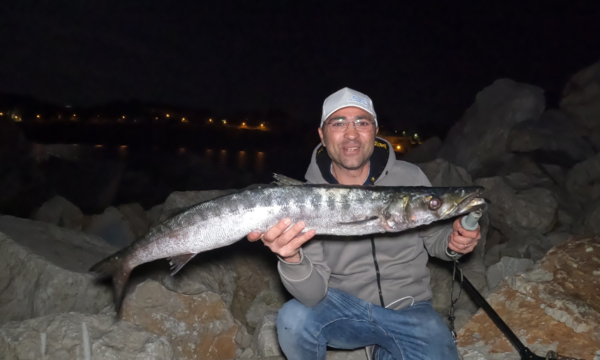
Being a typically slow and cautious predator, in many fishing situations, based on my experience, slow linear retrieves are among the most effective, especially when using large lures that emit strong vibrations.
In areas with high fishing pressure, it has become increasingly difficult to catch large specimens. Fish are often seen following lures for a long time without ever deciding to strike. This is truly frustrating and can make us doubt the effectiveness of this technique. For this reason, my advice is to search for new, less exploited and less frequented spots; only in this way can we have the most rewarding experiences. Fish assimilate information, learn to recognize the vibrations and movements of classic artificial lures, and become increasingly wary.
Spinning fishing for barracuda in the Mediterranean is an exciting activity that requires technique, experience, and the right equipment. Thanks to its increasing spread, this predator represents one of the most interesting challenges for sport fishing enthusiasts.
Knowing environmental conditions, the best spots, and the most effective techniques can make the difference between an unproductive outing and a memorable fishing trip.
New lures, new spots – these are the weapons modern anglers must use to keep up with the times and win new challenges to become predators of predators!


